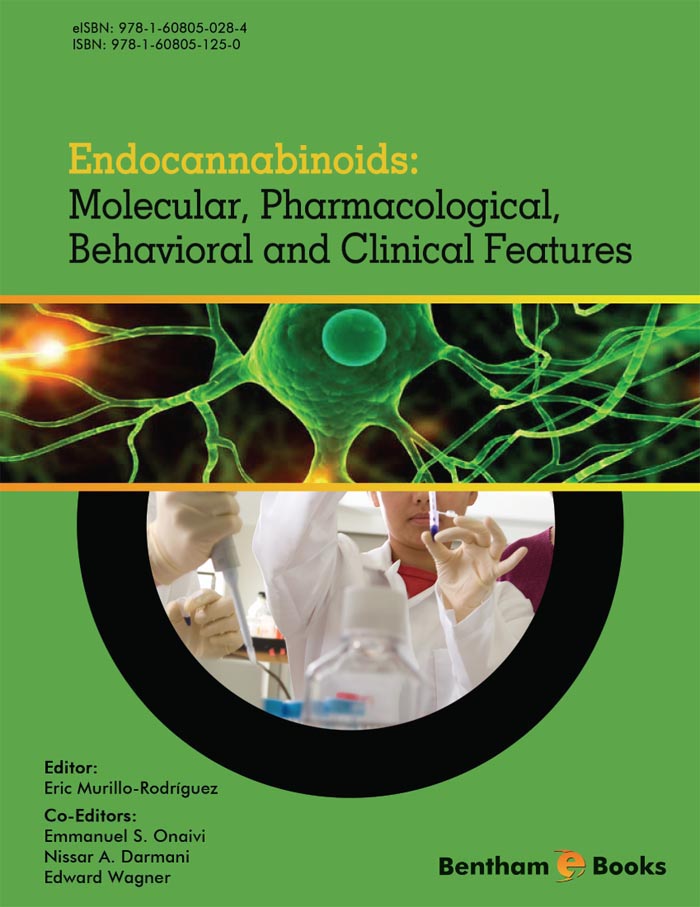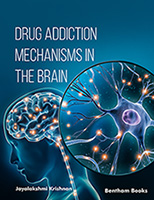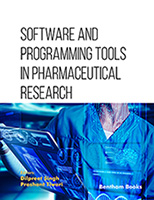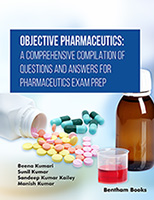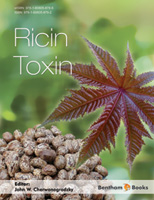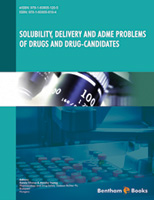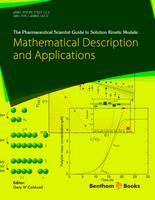For me, personally, the year 2013 has a special significance. Exactly 50 years ago I published my first paper on cannabinoids. At that time, in 1963, research on the constituents of Cannabis sativa had mostly come to a stop. Although investigation on cannabis in its various forms–hashish, marijuana, bhang– had been reported over a century, its psychoactive constituent(s) had not been isolated in a pure form and its structure– or possibly structures– was unknown. And yet, there was no research going on in either North America or the UK– the major research countries at the time. The major reason for this neglect was possibly legal. Cannabis was an illicit substance and was not readily available to scientists. And even if it were obtained legally, research with it would have been impossible in an academic laboratory, due to strict security regulations for work with such substances. Luckily I was not aware of these problems. Through the research institute I worked at the time– the Weizmann Research Institute– I obtained 5kg of confiscated hashish from the police, who apparently were also unaware of the international agreements on cannabis. First, my colleagues, the late Yuval Shvo, Yehiel Gaoni and I reisolated cannabidiol, a non-psychoactive constituent. This compound had been obtained previously by Lord Todd, a Nobel Prize winner, and by Roger Adams but its structure had not been elucidated. By use of then modern methods– NMR and mass spectrometry– we established its structure and published the results in 1963– 50 years ago. At this point I asked for a grant from the US National Institute of Health (NIH). My application never went beyond the administrative office. Their answer was that cannabis use was not an American problem. Would I, they wrote, apply with a more relevant topic. Nevertheless Yehiel Gaoni and I went ahead and by 1964 had isolated several cannabinoids– a term I coined several years later– and had elucidated their structures. Dr. Habib Edery and Yona Grunfeld, colleagues at a nearby biological research station, tested these constituents for psychoactivity in monkeys. Only one compound caused such activity. At that time we called the compound delta-1- tetrahydrocannabinol, but later it was renamed delta-9–tetrahydrocannabiol (Δ9-THC) and many thousands of publications on it have been published. Suddenly NIH decided that cannabinoid research is a relevant topic for research. A prominent NIH pharmacologist flew over, took with him the entire supply of pure THC and for the next few years most of the research on this compound in the US was done with it. And NIH has supported my work ever since.
Over the next 2 decades we, and many other groups, worked on the chemistry, biochemistry, pharmacogy and even some clinical effects of the cannabinoids. We learned how the cannabinoids are formed in the body, how they are metabolized and what effects they cause in vitro and in vivo. Some clinical work was also published. THC was approved as a drug for enhancement of appetite (mostly in cancer and AIDS patients) and for prevention of vomiting and nausea in patients undergoing cancer chemotherapy. But, surprisingly, the mechanism of THC action remained unclear. It was believed that it had something to do with possible action on lipid membranes due to its lipophilic properties. In the mid-1980's Allyn Howlett's group showed that a specific receptor exists. Stimulation of this receptor, known now as the CB1 receptor today, leads to the well known marijuana effects. Later a second receptor, CB2, was discovered in the immune system. We assumed that these receptors are stimulated by endogenous constituents and went ahead looking for them. As THC is a lipid, we assumed that the endogenous constituents are also lipophilic compounds, In 1992 we isolated the first such endocannabinoid and named it anandamide. Later a second endocannabinoid, 2-AG, was identified. The present, outstanding eBook describes in considerable detail the enormous amount of research done on the endocannabinoids, the endocannabinoid receptors, the unique endocannabinoid signaling system and the advances in the clinic.
Where is endocannabinoid research going now? I shall try to put forward several areas, which I believe will lead to major advances:
LIPID SIGNALING THROUGH THE CB2 RECEPTOR AS A MAJOR PROTECTIVE SYSTEM;Pal Pacher and I have speculated in a recent review that"The mammalian body has a highly developed immune system which guards against continuous invading protein attacks and aims at preventing, attenuating or repairing the inflicted damage. It is conceivable that through evolution analogous biological protective systems have evolved against nonprotein attacks. There is emerging evidence that lipid endocannabinoid signaling through CB2 receptors may represent an example/part of such a protective system” Indeed over the last few years numerous groups have reported protective action through the CB2 receptors in numerous physiological systems. We can expect this trend to continue. ;
INVOLVEMENT OF THE ENDOCANNABINOID SYSTEM IN THE REGULATION OF PROGENITOR/STEM CELLS;Over the last few years several groups have shown that endocannabinoid signaling is involved in progenitor/stem cell development, thus leading to regulation of their proliferation, differentiation and survival. In view of the importance of stem cells in human health and disease, we should expect to see a major research effort in this fascinating field.
PHYSIOLOGICAL ACTIONS OF ENDOCANNABINOID-LIKE CONSTITUENTS;Many dozens of fatty acid amides of ethanol amines and amino acids, as well as esters of fatty acids with glycerol (endocannabinoid-like compounds) are present in the brain and possibly in other organs. Those that have been investigated have been shown to cause various physiological effects– lowering of pain, vasodilation, anti-osteoporotic and anti-cancer activity. It is quite possible that this type of compounds may represent a valuable treasure throve of physiological mediators. Linda Parker and I have speculated that"If subtle chemical disparity is one of the causes for the variability in personality-an area in psychology that is yet to be fully understood-we may have to look for a large catalog of compounds in the brain with distinct CNS effects. Is it possible that the above-described large cluster of chemically related anandamide-type compounds in the brain is related to the chemistry of the human personality and the individual temperamental differences? It is tempting to assume that the huge possible variability of the levels and ratios of substances in such a cluster of compounds may allow an infinite number of individual differences, the raw substance which of course is sculpted by experience. If this intellectual speculation is shown to have some factual basis, it may lead to major advances in molecular psychology". Will the endocannabinoid system be the key to this yet unexplored niche of science? ;
R. Mechoulam
Hebrew University
Medical Faculty
Institute for Drug Research
Jerusalem
Israel

